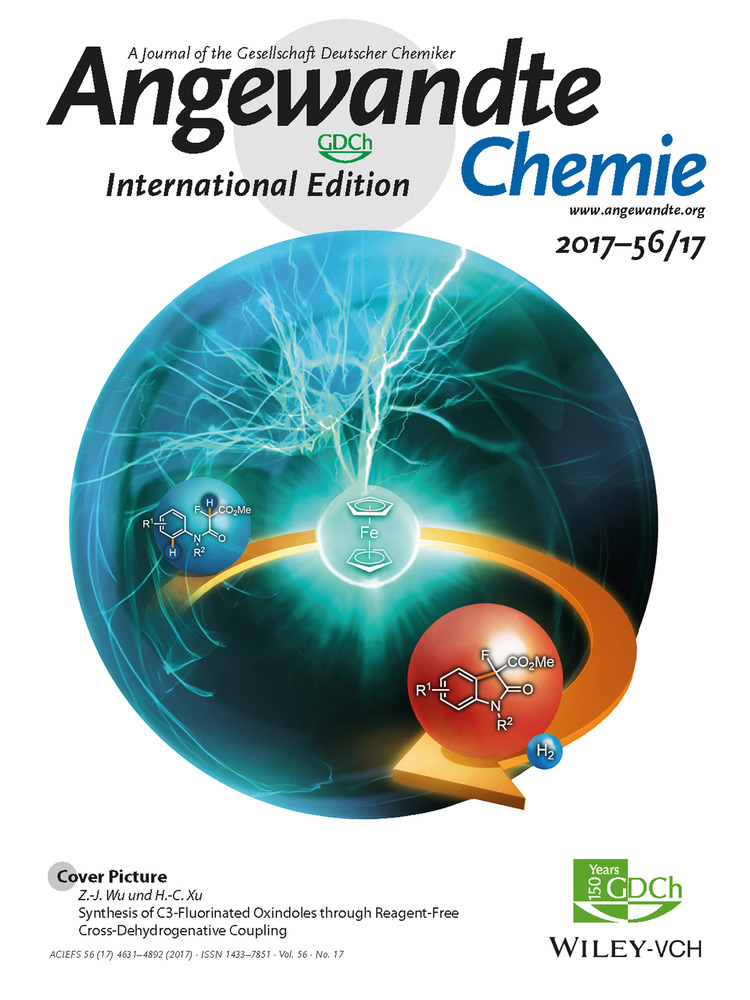Ligand Rearrangements at Fe/S Cofactors: Slow Isomerization of a Biomimetic [2Fe-2S] Cluster
Graphical Abstract
Abstract
Ligand exchange plays an important role in the biogenesis of Fe/S clusters, most prominently during cluster transfer from a scaffold protein to its target protein. Although in vivo and in vitro studies have provided some insight into this process, the microscopic details of the ligand exchange steps are mostly unknown. In this work, the kinetics of the ligand rearrangement in a biomimetic [2Fe-2S] cluster with mixed S/N capping ligands have been studied. Two geometrical isomers of the cluster are present in solution, and mechanistic insight into the isomerization process was obtained by variable-temperature 1H NMR spectroscopy. Combined experimental and computational results reveal that this is an associative process that involves the coordination of a solvent molecule to one of the ferric ions. The cluster isomerizes at least two orders of magnitude faster in its protonated and mixed-valent states. These findings may contribute to a deeper understanding of cluster transfer and sensing processes occurring in Fe/S cluster biogenesis.





